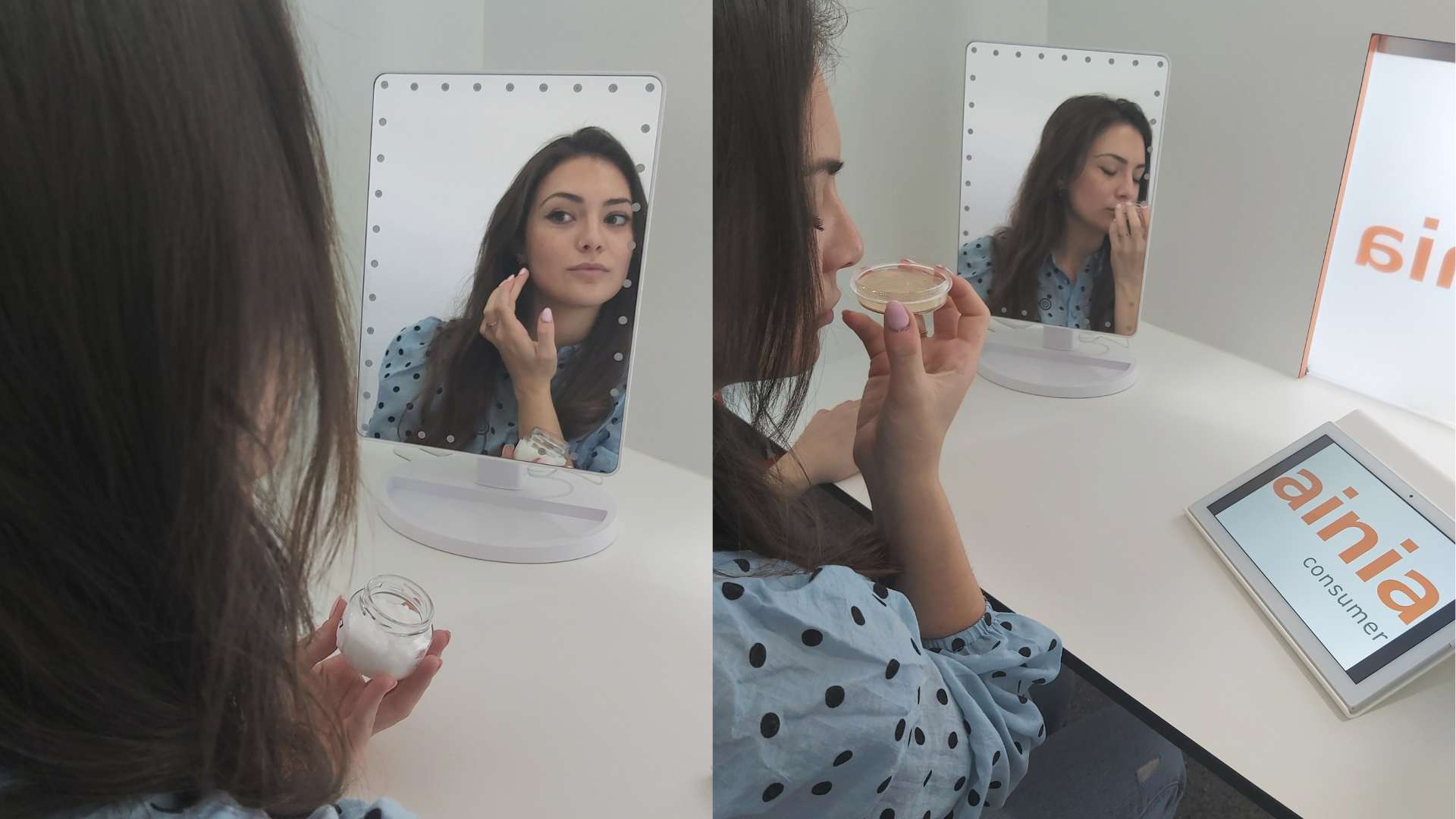In an increasingly competitive market and globalized, the innovation is the way to obtain a competitive advantage. The innovation in the world of the cosmetic has to face the challenges that supposes to enter in the market products adapted to the needs and wishes of the consumers. The understanding of the needs of the consumers is crucial if we want to understand the keys that help to ensure the success of the products in the market. The global knowledge on the product through the consumers to which direct us allow to the manufacturer ensure the acceptance of the product in the market.
The aim of the cosmetic products is to provide daily hygiene, pleasure and welfare, what generates big expectations in the consumers in terms of quality and security and ethical questions.
Like this, the perception of quality of a cosmetic product and his superiority in front of another product of the same nature depends on:
- The security, whose measurement bases in measures and instrumental test
- The efficiency, evaluated from clinical studies
- The sensory attributes of the product, evaluated by means of sensory test that describe the product and evaluate hedonic or emotional values
In contrast with the efficiency and the security that no always can be perceived immediately by the consumers, the sensory characteristics perceive already in the first contact with the product. However, the sensory evaluation can also develop along the time and interact with the efficiency perceived, so that if the product provides pleasure and comfort, the consumer can have a perception of the efficiency of the most favourable product.
Methodological approaches for the sensory evaluation of cosmetic products.
The sensory evaluation provides a frame of work for the development of the cosmetic products. They pose different methodological approaches for the application of the sensory evaluation in the cosmetic sector:
- The signposts trained measure the potential sensory differences between products because of a change of ingredients, prime matters or process manufacture, make the characterisation/sensory description of the product in front of products competitors based in the specifically developed lexicon for each type of product, in definite support and guide the process of development.
- The signposts of consumers make the test of use to validate new launchings, reformulations and improvements of product, validate changes of ingredients, etc., Sustenance of claims of the product communicated in the container,…
The methods applied are methods used widely in the sector of the alimentary industry, that have been adapted for the evaluation of cosmetic products. In particular they result of increasing interest the new fast methods as you question them TASTING (Check All That Apply), that allow to the consumers describe and evaluate the product using sensory terms, hedonics and emotional.
Neuroscience applied to the cosmetic products
In some way, the cosmetic pretends to unchain the emotions of the consumer. Thanks to the recent advances of the neuroscience can comprise better the paper of the emotions in the behaviour of the consumer: the perception of the sensory experience, the motivation, the taking of decisions and the no verbal communication.
The cosmetic industry contributes to the welfare of the consumers offering them products that allow them take care and provide them physiological and psychological experiences positive. The sensoriality of the cosmetic products (appearance and colour, smell and texture) are indispensable factors in the innovation of the product, and the measurement of the emotions that cause in the consumer constitutes an indispensable value for the development and marketing of the product.
The Neuroscience and the new technologies allow to obtain complementary informations to the usual subjective evaluations (questionnaires car-reported of assessment) on the cosmetic products: the analysis of emotions that contributes a distinct and complementary approach to the rational slope of the consumer.
The Analysis of the Facial Expressions (AEF) allows the study of the most spontaneous reactions of the consumer, without the rational bias, contributing a deeper knowledge on as the product is understood by the consumer. The analysis of the facial emotions allows to know the emotions that the new concepts of product, distinct prototypes, different aromas or ingredients and the claims of the product, cause in the consumer.
The technology Eye -Tracking, allows the register and investigation of the visual attention of the consumer in the communication of product, design, claims, etc, contributing keys in the design of the container for maximize the impact of the product in the consumer.
The study of the emotions in cosmetic is an approach non invasive and multidimensional, that from the Analysis of the Facial Register of the Emotions and the Eye-Tracking, combined with questionnaires of assessment and questionnaires psycometrics, is a promising approach to comprise the emotional perception of a cosmetic product, or the impact of a perfume on the evocation or the feelings of the consumer.

